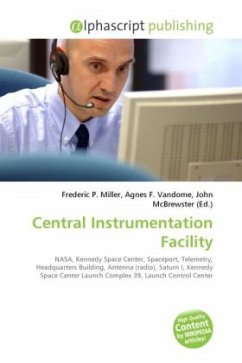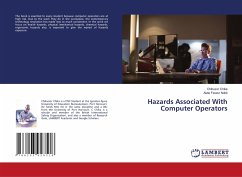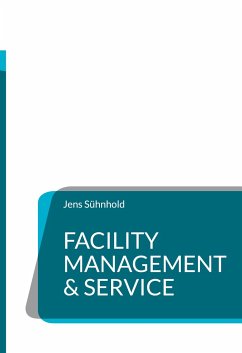
Non-Facility Associated Signalling
Versandkostenfrei!
Versandfertig in 6-10 Tagen
23,99 €
inkl. MwSt.

PAYBACK Punkte
12 °P sammeln!
Please note that the content of this book primarily consists of articles available from Wikipedia or other free sources online. Non-Facility Associated Signalling or NFAS is a Primary Rate Interface configuration whereby multiple T1 carriers share a signaling channel (or D channel). A T1 circuit typically carries 24 individual timeslots. Each timeslot in turn carries a single telephone call. When a T1 circuit is used to carry Primary Rate ISDN one of the timeslots is used to carry the D channel. A single Primary Rate ISDN circuit is thus sometimes described as 23B + D. There are 23 bearer chan...
Please note that the content of this book primarily consists of articles available from Wikipedia or other free sources online. Non-Facility Associated Signalling or NFAS is a Primary Rate Interface configuration whereby multiple T1 carriers share a signaling channel (or D channel). A T1 circuit typically carries 24 individual timeslots. Each timeslot in turn carries a single telephone call. When a T1 circuit is used to carry Primary Rate ISDN one of the timeslots is used to carry the D channel. A single Primary Rate ISDN circuit is thus sometimes described as 23B + D. There are 23 bearer channels carrying voice or data, and one D channel carrying the Common Channel Signaling. In an NFAS configuration, multiple T1 circuits share a single D channel, with an upper limit of 20 T1 circuits in a single NFAS configuration. A full NFAS configuration can then be described as 479B + D. There is one problem; a failure on the T1 trunk carrying the D channel will also affect all 19 other trunks. The solution is D channel backup where a second D channel is configured on another trunk. In the event of failure the backup D channel takes over the signalling. So the final configuration is 478B + D + D-backup.












